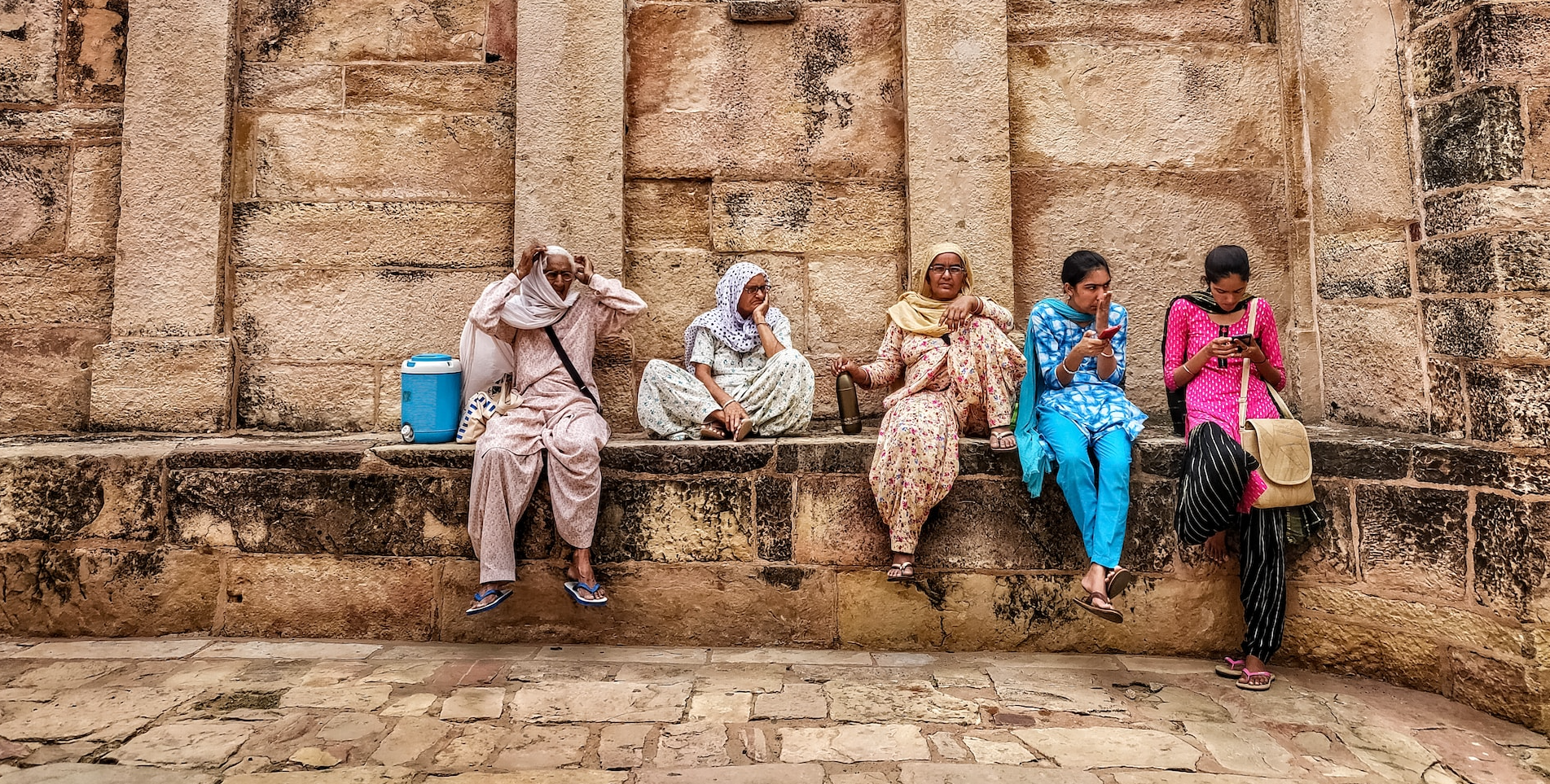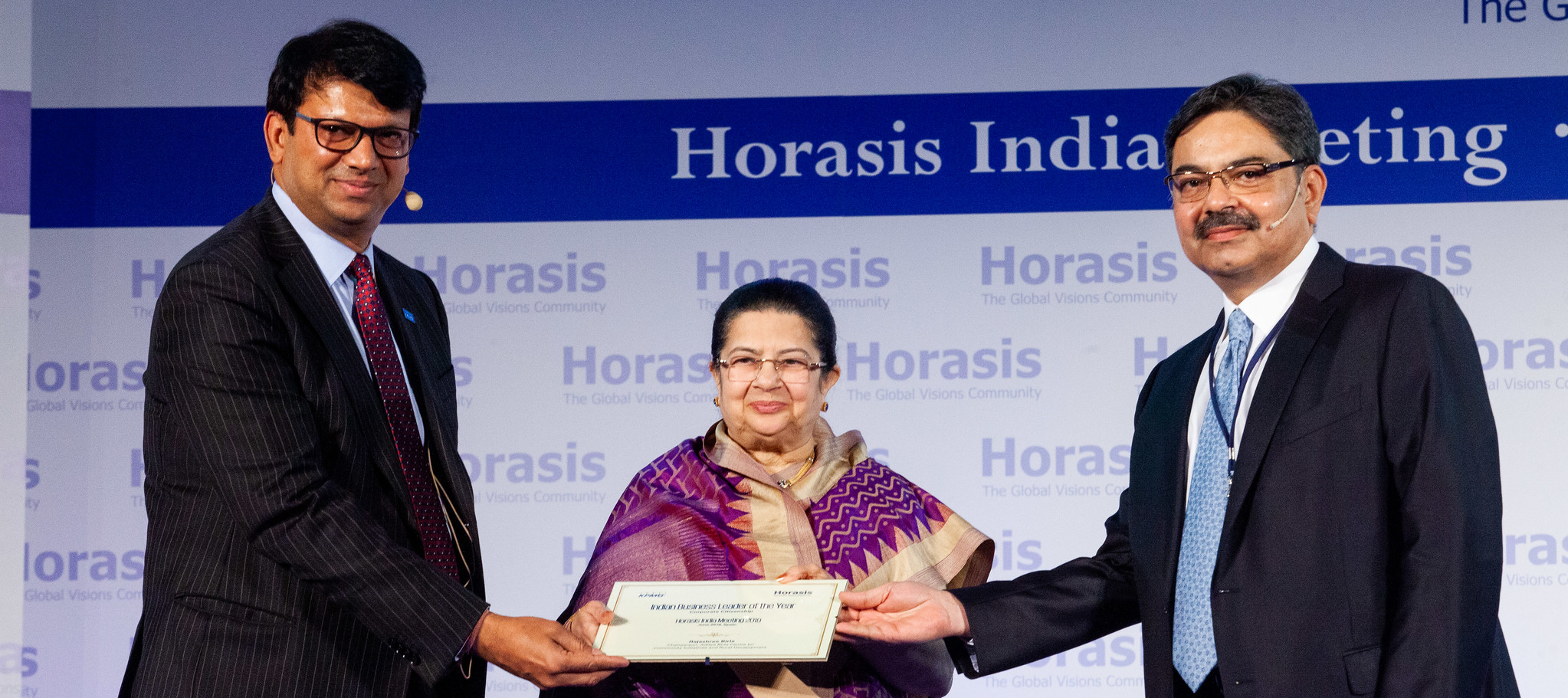Parents’ Nightmare: Education in City 5.0
“Social media is the primary factor responsible for the dramatic increase in anxiety and depression among young people, especially teenage girls.” – Jonathan Haidt
In the Netflix series “Adolescence,” when a 13-year-old boy is accused of murdering a classmate, his family, the therapist, and the investigating detective are left wondering what really happened. This series represents one of parents’ greatest nightmares: not knowing their children or being able to control their darker impulses.
Society is quick to point fingers at parents or schools, but one need only observe families with completely well-adjusted children and students to understand that these are often exceptions. How can these cases be contained or treated? Is technology the root of all evil? Many of the answers can be found by reading books or listening to podcasts featuring Jonathan Haidt, who has extensively studied this subject. Here, I want to share my perspective within the City 5.0 model that we developed at PRIME Society.
In my latest article, I addressed some basic principles regarding how the education sector should be structured within a City 5.0. For example, establishing boarding schools for students who need conditions better than those available at home; integrating schools with local institutions to develop practical experiences in settings such as hospitals, public safety, and education itself; and fostering skills such as leadership, creativity, execution, teamwork, and self-directed learning. Click here to access the article.
I add a theme that, in my opinion, is fundamental; educational groups should not focus on preparing students, but rather on developing local teachers. This was China’s strength in its effort to absorb knowledge and develop its own human capital. This should be a fundamental pillar in building a strong community, rather than making its citizens feel inferior and dependent on external support. There is a significant difference between a teacher who comes to work in your neighborhood but lives in another city, and one who is your neighbor, whose children attend the same school, and whom you meet at the park on the weekend. This fosters a bond of care and responsibility that can change the trajectory of children’s education.
Another issue is the city itself. In blaming parents and schools, we overlook the fact that the ecosystem supporting educational development extends far beyond them. I once asked a former employee from the “favela” (a poor brazilian community) what the secret was to him not becoming a drug trafficker, given that many around him were involved in that trade. He pointed to his mother. Obviously, if there were no exposure to drugs in the neighborhood or city, the likelihood of children following the path of crime would be drastically reduced—and the need for an exceptional mother like his would diminish.
When speaking with a former employee of a juvenile detention center in Brazil, I asked him how many children were “saved.” The answer was: none. They all return to the same environment that led them to commit criminal acts. Human beings in general, not just children, require favorable conditions for their development.
The structure of the city is crucial in this context. Sports facilities, youth movements such as scouting, a safe environment where children can move between homes and friends’ apartments, volunteer and religious activities (provided they are not extreme), book clubs, easy transportation between school and home, psychological support, extracurricular activities such as art, dance, martial arts, games (e.g., chess), music, and regular health check-ups (with a dentist, optometrist, nutritionist, among others) are all fundamental aspects.
In addition to benefiting the student, if the city can provide parents with well-paid employment, reduced commuting times between home and work, and access to essential services (health, leisure, supermarkets, social support) within 15 minutes by foot, bicycle, or public transit, it will significantly enhance the conditions for parents to be present and engaged in their children’s lives.
Another essential point is the capacity to provide family planning services, public safety staffed by community men and women, professional development opportunities, and mental and physical health care options.
By adopting a holistic view of the challenge, we understand the phrase “it takes a village to raise a child” – and we realize that children need a supportive ecosystem that, in turn, depends on parents having access to the same positive environment.
Now, imagine a reality where 13-year-old girls have their first child, with a father who is either unknown or has abandoned his parental responsibilities. The challenge of City 5.0 is to create a harmonious environment that brings balance to society, breaking the cycle of misfortune. Thus, we conclude that it would be impossible to alter the course of this current by addressing only one social dimension.
City 5.0 emerged because nearly all initiatives aimed at combating the ills of poverty focus on a single variable, such as education, health, or sports. This is, of course, because creating a planned city from scratch, with all services integrated in a 360-degree approach around the citizen, is extremely complex – but far from impossible. Each of these initiatives has its own philosophy, limited budget, and a lack of understanding of other aspects that make up society.
However, if we want a better society, we must address all the civilizational aspects that can go wrong – a comprehensive risk management approach. Otherwise, we will merely be mopping up, as is currently happening. The fact that there are success stories, such as Shenzhen in China or Dubai in the United Arab Emirates, shows that a solution exists. What we need is to join forces to implement it and begin creating Cities 5.0, to eradicate poverty one municipality at a time – or else many parents will continue to discover that their worst nightmares can become reality.
Do you want to contribute to this discussion? Send your suggestions or feedback to the author on LinkedIn or X.
Prime Society will host the event “City 5.0 – When Poverty Eradication Becomes Good Business” in major Brazilian capitals, with the goal of driving real transformation and finding effective solutions to a problem that has plagued the country for centuries. Join us and be part of the change!



